Ginger has captivated cultures for centuries with its fiery flavor, healing properties, and ease of use (ginger paste). From ancient herbal remedies to modern recipes, it remains a cornerstone of natural wellness. Whether as a soothing tea, a culinary delight, or an ever-handy ginger paste, this versatile root is an essential part of any health-conscious kitchen.

Ginger’s Fascinating History
- Ginger was first cultivated over 5,000 years ago in Southeast Asia, thriving in its humid tropical climate. Traders carried this prized root across ancient trade routes, making it one of the first spices to be globally traded. Ginger paste became a practical way to preserve and transport this treasured rhizome across vast distances.
- Ancient Chinese and Indian traditions revered ginger as a cornerstone of holistic medicine. Its warming properties were believed to heal the stomach, improve circulation, and combat illnesses. Healers used ginger to prepare quick remedies, blending it with honey or herbs to address specific ailments efficiently.
- In the Roman Empire, ginger was a luxury item transported from India at great expense. Physicians prescribed it for digestive ailments, while chefs used it to enhance the flavors of opulent feasts. Ginger paste allowed for easier preparation of these elaborate dishes and medicinal concoctions.
- In Europe during the Middle Ages, ginger became synonymous with wealth and good health. Gingerbread, known for its smooth consistency, became a festive treat tied to prosperity. Nobility and merchants prized it for its exotic origins and rich flavor.
- The Age of Exploration spread ginger to the Americas, becoming a staple in Caribbean cooking. Local recipes featured ginger in marinades, drinks, and herbal tonics, blending culinary tradition with medicinal benefits. Today, ginger remains integral to many Caribbean households.
Ginger’s Species and Varieties
- Ginger belongs to the Zingiber officinale species, a member of the Zingiberaceae family, which includes turmeric and cardamom. These relatives share many of ginger’s potent health-boosting properties. Ginger paste harnesses this versatility, offering a simple way to enjoy ginger’s numerous benefits.
- Different varieties of ginger offer unique flavors and strengths. Japanese ginger (Myoga) is mild and tender, while mango ginger (Curcuma amada) brings a fruity twist to traditional ginger. Each variety offers diverse applications, from sweet treats to spicy main courses.
- The ginger plant’s rhizome is where its magic lies. Thick, aromatic, and full of oils, this underground stem is ground into ginger paste for easier use in recipes and remedies. Its concentrated form retains the essence of fresh ginger.
- Ginger thrives in tropical climates across Asia, Africa, and the Caribbean. India remains the largest producer, supplying much of the world’s ginger for cooking, teas, and paste. Its adaptability has allowed ginger to grow in regions with diverse environmental conditions.
- Each variety of ginger brings distinct flavors and uses, from the fiery pungency of Chinese ginger to the sweeter notes of Jamaican rhizomes. Ginger captures these flavors for convenience and versatility. This adaptability makes it indispensable in kitchens worldwide.
Traditional Uses of Ginger
- Ayurveda has relied on ginger for centuries to balance digestive energy and stimulate the body’s natural detox processes. Ginger mixed with honey and warm water is a common remedy for colds and stomach issues, offering a fast-acting solution.
- Traditional Chinese Medicine views ginger as a warming herb. It is frequently boiled into teas with other herbs or added as ginger paste to soups for internal warmth and immunity. This tradition underscores ginger’s longstanding reputation as a cold-weather remedy.
- African and Caribbean traditions use ginger for its ability to ease respiratory issues. Ginger paste is often blended into teas or porridges to clear congestion and soothe coughs. Families pass down these recipes, highlighting ginger’s role as a cultural and medicinal staple.
- In medieval Europe, ginger was integral to spiced wines and meads. It wasn’t uncommon to see ginger paste blended into drinks as a flavor enhancer and a health tonic. This dual-purpose use made ginger a prized spice for centuries.
- Ginger tea remains a global favorite for soothing sore throats and aiding digestion. Adding a spoonful of ginger paste to boiling water quickly releases its aromatic compounds for a relaxing drink. This simple preparation remains as effective as it is timeless.
Ginger’s Health Benefits
- Ginger is renowned for easing nausea, making it a go-to remedy for morning sickness, motion sickness, and even chemotherapy-related nausea. A spoonful of ginger paste with a squeeze of lemon is an easy solution for quick relief. Many midwives and physicians recommend ginger paste as a safe, natural option for pregnant women battling nausea.
- Its anti-inflammatory properties make ginger an excellent aid for arthritis and joint pain. Regular consumption of ginger paste, paired with turmeric, enhances its effects and reduces chronic inflammation. Scientific studies show that compounds like gingerol actively block inflammatory pathways, making ginger paste a simple way to incorporate these benefits daily.
- Ginger stimulates digestive enzymes, improving gut health and reducing bloating. Adding ginger paste to meals can help break down heavy foods and encourage smoother digestion. For those with chronic digestive issues like IBS, ginger paste may serve as a natural alternative to over-the-counter remedies.
- Packed with antioxidants, ginger strengthens the immune system. Using ginger paste in soups or teas during flu season naturally boosts the body’s defenses. Antioxidants like gingerol and shogaol combat oxidative stress, reducing the risk of chronic illnesses linked to inflammation and free radicals.
- Research shows ginger’s potential to regulate blood sugar levels and improve insulin sensitivity. Incorporating ginger paste into your diet may support healthier glucose control for those managing diabetes. Adding it to smoothies or meals provides a flavorful way to harness these medicinal properties.
How to Use Ginger Every Day
- Add ginger paste to your morning tea for a warming, digestion-boosting drink. It’s a simple way to start your day with health in mind. A teaspoon stirred into hot water creates a fragrant brew that aids metabolism and fights off morning sluggishness.
- Mix ginger paste into marinades for meats or vegetables to enhance flavor while tenderizing the proteins. This works exceptionally well for stir-fries or grilled dishes. The enzymatic activity of ginger paste softens tough fibers, ensuring tender and flavorful results in every dish.
- Blend ginger paste into smoothies for a spicy kick that complements fruits like pineapple and mango. The combination offers a refreshing, health-boosting beverage. You can even add a pinch of cinnamon for warmth and immunity-boosting benefits.
- Apply ginger paste topically to sore muscles or joints. Mix it with coconut oil for a natural anti-inflammatory balm penetrating deeply into the skin. This traditional remedy can ease post-workout soreness or help with chronic pain management.
- Incorporate ginger paste into your baking. Its zesty flavor adds depth to desserts, from cookies to breads, while offering subtle health benefits. A ginger paste glaze on pound cake or muffins brings out a sweet, spicy aroma that’s hard to resist.
Ginger’s versatility extends far beyond the kitchen. Whether soothing a sore throat, elevating your favorite recipes, or experimenting with natural remedies, this ancient root continues to shine as one of nature’s greatest gifts. Using ginger paste simplifies the process, letting you enjoy its daily benefits.
The Incredible Health Benefits of Ginger
Nature’s Powerful Healing Root
Digestive Health
- Reduces nausea and motion sickness
- Alleviates digestive discomfort
- Helps prevent bloating and gas
Anti-Inflammatory Properties
- Reduces muscle pain and soreness
- May help manage arthritis symptoms
- Decreases inflammation throughout the body
Immune System Boost
- Rich in antioxidants
- Helps fight cold and flu symptoms
- Supports overall immune function
Cardiovascular Health
- May lower blood pressure
- Helps reduce cholesterol levels
- Supports heart health
Recommended Daily Intake
3-4 grams of ginger per day (about 1 teaspoon of fresh ginger or 1/2 teaspoon of dried ginger)
Consult with a healthcare professional before adding any new supplement to your diet


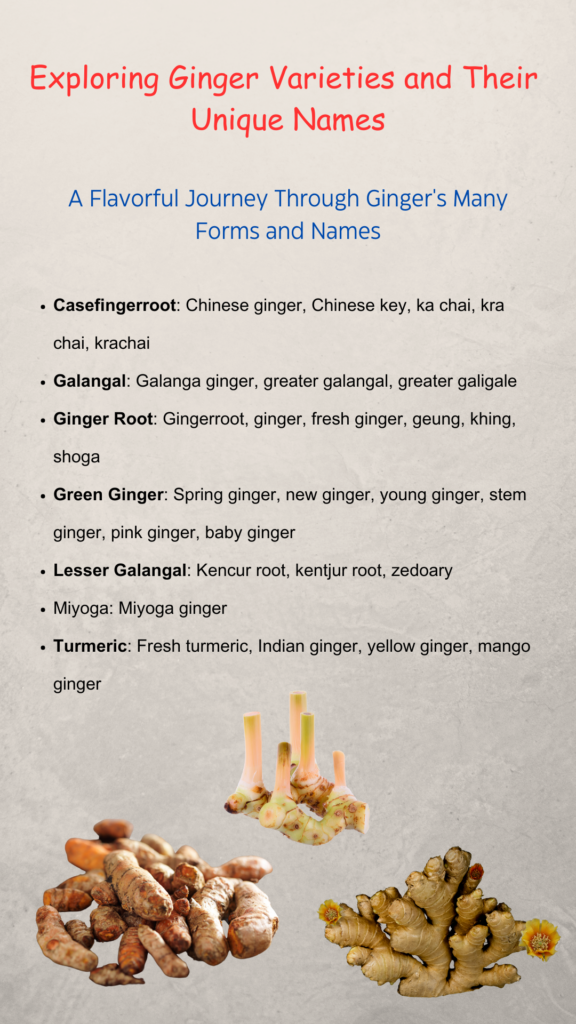
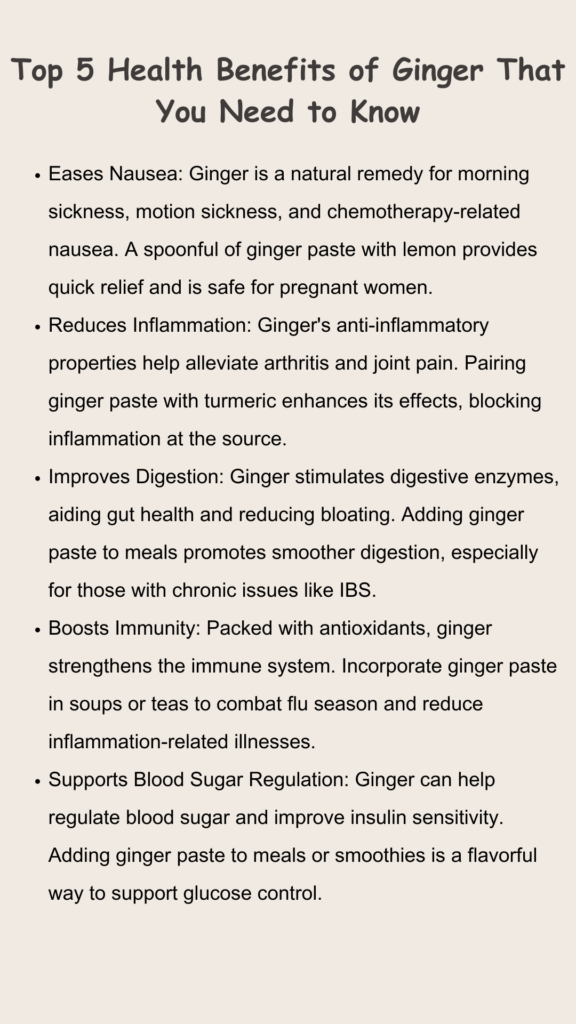

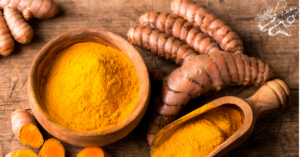
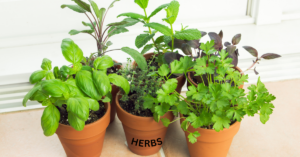
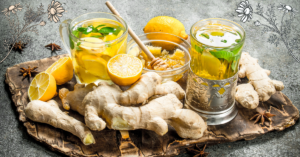
Pingback: Common Home Remedies: Herbal Solutions You Can Start Using Today - Herbs Products Online